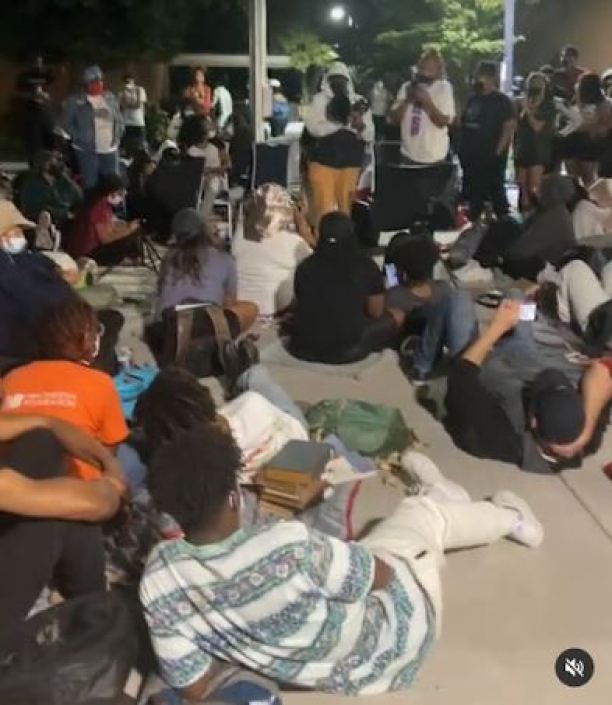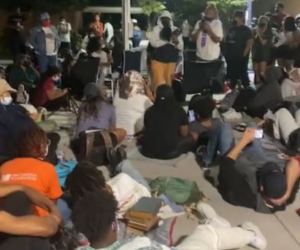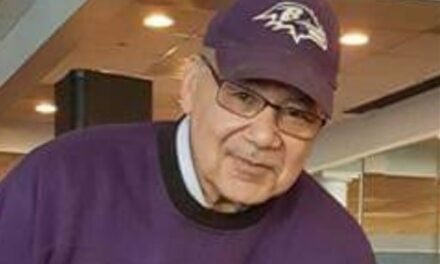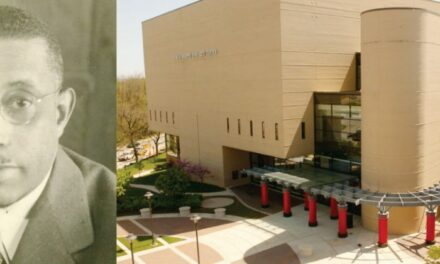

By Deborah Bailey
Special to the AFRO
The AFRO recognizes The Live Movement as Newsmakers of the Year. In Fall 2021, the student-led Live Movement rallied Howard University students in an unprecedented action of waging the most extended student protest in the campus’ 97-year history.
“We are not here just to go to class. We are here to be leaders, advocates, change-makers,” said Aniyah Vines, a Howard University student and a founder of The Live Movement.
As students headed back to Howard University for Fall Semester 2021, they could no longer reconcile the contradiction between millions of fresh dollars pouring into the university from new-found benefactors and dilapidated, putrid conditions reported in residence halls filled with mold, mildew and rodents.
On Oct. 12, representatives from The Live Movement, a national HBCU student coalition advocating for educational reform, joined with Howard Students, demanding university administrators meet with them to discuss a housing plan.
The students, who said their concerns had been long overlooked, took over the University’s Blackburn University Center as Ground Zero for their extended month-long protest.
Vines insisted students tried connecting with administrators about the “housing crisis” at the university for some time. The disconnect between students and Administration was exacerbated by the removal of student, alumni and faculty affiliate trustees from the University’s board of directors.
The Oct. 12 protest blossomed into an international media event complete with tents pitched on the campus “yard.” Students declared living in tents was preferable to conditions in some residence halls.
After two weeks, Howard University President, Wayne Frederick urged students to end their protest.
“There is a distinct difference between peaceful protest and freedom of expression and the occupation of a University building that impedes operations and access to essential services,” Frederick stated in a letter dated Oct. 25.
“The occupation of the Blackburn Center must end,” Frederick said via the letter.
But the students persisted.
Faculty, alumni, parents, community members and national leaders supported the students and amplified their demands.
“We will continue to give them support. Whatever they need us to do we will do for them,” said Stephen Jackson, via Twitter. Jackson, retired Principal of Dunbar High School and Howard University Graduate, is a member of Howard Alumni United, an alumni organization that supported students throughout the protests.
Rev. Jesse Jackson met with student protestors and alumni via zoom Oct. 29. He emerged from the meeting, siding with student protestors, and visited campus the next day.
“Students should not be punished, but appreciated for standing up for justice,” Jackson urged.
Senator Cory Booker (D-NJ)”, Congresswoman Anaya Pressley (D-Mass), Civil Rights Advocates Rev. William Barber and Martin L. King, III were among other national figures who also advocated on the students’ behalf.
Thirty-three days after student protests started on the steps of the Blackburn Center, President Wayne Frederick announced an agreement had been reached between students and the administration.
“Even one issue in one of our dormitories is too many, and we will continue to remain vigilant in our pledge to maintain safe and high-end housing,” Frederick said in a university statement on Nov. 15.
Vines, said staying the course was worth the effort.
“We spent 33 days challenging our university administration,” Vines said. “We came, we saw, we declared and we won. We won for our students. We won for Howard University, both historic Howard and the future Howard, and we won for our community,” Vines said.
Help us Continue to tell OUR Story and join the AFRO family as a member – subscribers are now members! Join here!
The post Students of the Live Movement prevailed appeared first on AFRO American Newspapers .










